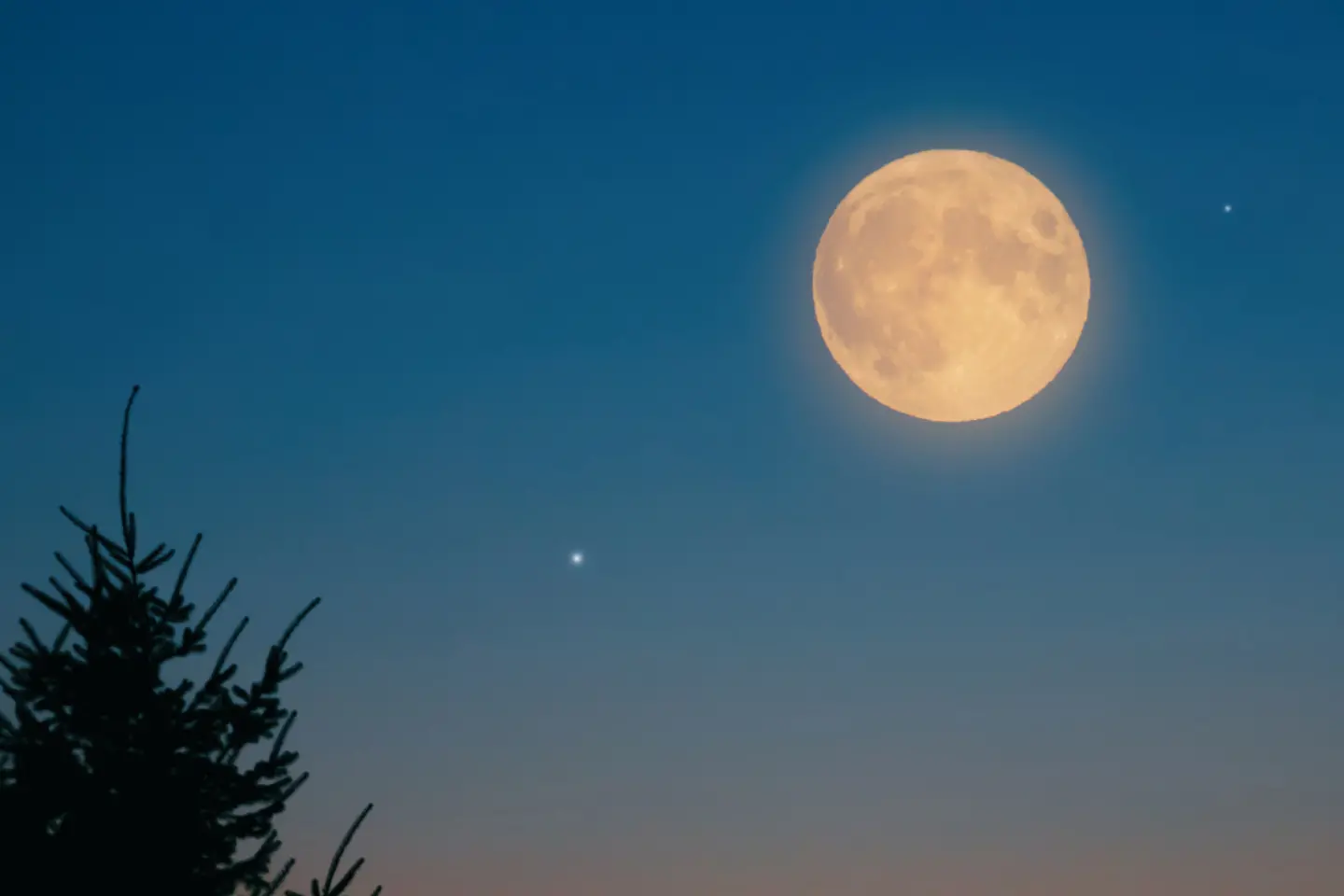Bathed in a warm, amber glow, the Harvest Moon rises on the horizon, a celestial herald marking the transition from the abundance of summer to the gathering pace of autumn. An event shrouded in history and mystery, its appearance has entranced observers since ancient times. But what exactly is the Harvest Moon, and why has it captured the human imagination across cultures and centuries?

The Harvest Moon is the name given to the full moon that occurs closest to the autumnal equinox, the point in the year when day and night are of equal length. Unlike other full moons that rise approximately 50 minutes later each day, the Harvest Moon seems to defy this norm. Around this time, the moon rises only about 30 minutes later across several evenings, providing abundant moonlight in the early evening. This phenomenon occurs due to the moon's orbital path being at a narrower angle to the horizon during this season.
In a bygone era, before the advent of electric lights, this prolonged twilight was a boon for farmers who relied on the moon’s extended glow to harvest their crops well into the night – hence the name “Harvest Moon”. This natural assistance was especially welcome during the crucial period of harvesting staple crops like wheat, barley, and corn.
The cultural significance of the Harvest Moon spans both time and geography. In ancient Rome, the Harvest Moon signalled the start of the harvest festival, known as the Cerelia, dedicated to Ceres, the goddess of agriculture. Similarly, in China, the Mid-Autumn or Mooncake Festival, held on the 15th day of the 8th lunar month, often falls close to the Harvest Moon. It is a time of gathering with family, giving thanks for bountiful harvests and praying for a good future – all under the light of the full moon.
Many Native American tribes also recognised the importance of this period, giving the full moon names specific to its time of year. The Algonquin tribes from New England to Lake Superior called the full moon closest to the autumn equinox the Harvest Moon because it marked when corn was supposed to be harvested. Similarly, the Cree referred to it as the “Moon of Falling Leaves.”
The fascination with the Harvest Moon has also seeped into popular culture, with songs, paintings, and literature paying tribute to its beauty and significance. It has a bewitching reputation, often associated with transformations and the mysterious. Folktales and myths frequently feature the moon as a central element in stories of romance and mysticism.
Modern science has since dispelled many moon-related myths, offering explanations for its behavior and appearance. One particular feature of the Harvest Moon is its perceived size and color. As it rises, the Harvest Moon often looks larger and redder than other full moons. This is due to a visual illusion called the “moon illusion,” where the moon looks disproportionately large when it is near the horizon. The orange-red hue comes from the Earth’s atmosphere; as the moonlight passes through it, the shorter blue light waves are scattered, leaving the longer red light waves.
Nonetheless, understanding the celestial mechanics does not diminish the wonder of witnessing the Harvest Moon. Its steady ascension on a clear autumn evening continues to be a sight to behold.
The timing of the Harvest Moon varies each year since the exact date of the full moon does not repeat on the Gregorian calendar. However, its arrival is always between September and October, providing a reliable signpost in the sky, guiding us from the abundance of summer into the deepening chill of autumn.
For those interested in astrology, the Harvest Moon holds particular significance. Each full moon is said to bring energies that align with the time of year it appears. The Harvest Moon is believed to carry the energy of reaping what has been sown, both literally in terms of the harvest and metaphorically in life's personal achievements and goals. It is seen as a period of fruition and completion, encouraging reflection on the past while preparing for the change in seasons ahead.
As the years roll by and technology continues to advance, the necessity of the moon's light to the harvest has decreased. Yet, the arresting beauty of the Harvest Moon still captivates those who pause to gaze upon it. The heart of its history and mystery endures – a reminder of nature’s cycles and rhythms in an ever-changing world.
So, the next time the Harvest Moon climbs the skies, consider stepping outside to embrace its glow. Here lies an opportunity to connect with the ancients, who once looked upon the same moon, and to savour a moment of serenity in the hustle and bustle of modern life. Just as the Harvest Moon symbolises completion and the richness of the harvest, it also highlights the simple pleasures and the beauty of the natural world – a heavenly event worth celebrating.
